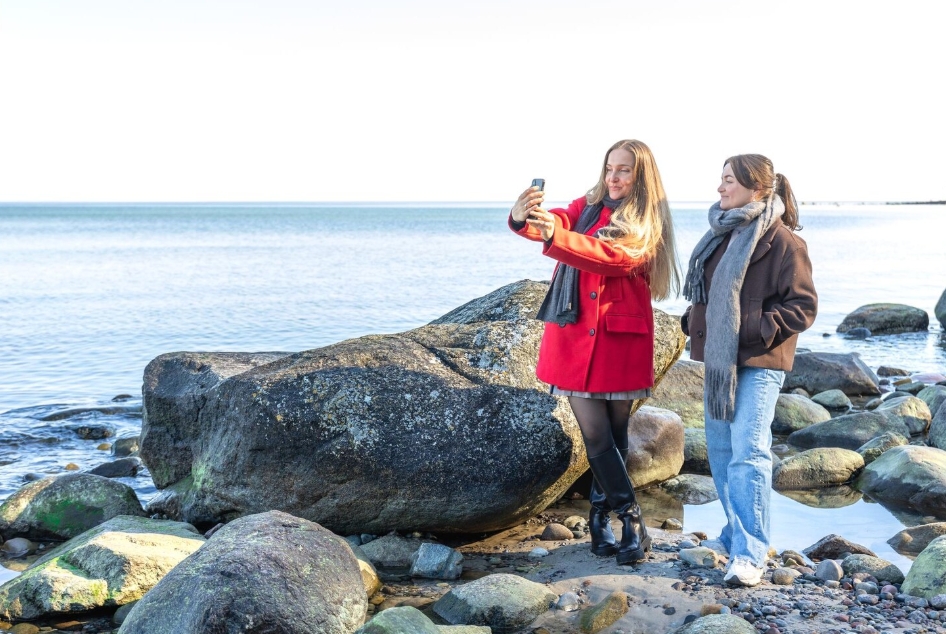If you’re planning a getaway from Australia, Norfolk Island offers a mix of natural beauty, heritage charm and relaxed island rhythm that’s ideal for photography. Whether you’re an enthusiast with a DSLR or using your phone to capture memories, the island delivers scene after scene begging to be framed.
To make the most of it, explore mindfully and give yourself the freedom to roam. Choosing Norfolk Island accommodation with car access lets you chase the light at your own pace. And when you book thoughtful Norfolk Island holiday packages, you’ll find that planning a trip like this is simple and rewarding.
Calm Waters and Golden Sands at Emily Bay
Begin your photographic day at Emily Bay, a sheltered lagoon of calm, crystal-clear water and soft sand that glows beautifully in the early morning light. The still surface reflects the sky and surrounding shoreline in gentle tones that work particularly well during sunrise. Later in the day you might capture swimmers and snorkellers exploring the reef beyond the pontoon, creating vibrant and lively frames. Bring a wide-angle lens if you have one, and use natural elements such as driftwood or rock formations to add depth and scale to your compositions.
Panoramic Vistas from Mount Pitt
If landscapes are your focus, Mount Pitt Lookout is where the views open wide across the island’s lush slopes, azure sea and neighbouring islets. Spacifica Travel notes that it offers sweeping vistas ideal for landscape photography, particularly at sunrise when the light casts a soft glow over crests and valleys. A tripod can help you manage slower exposures for capturing drifting clouds or smoothing out the sea’s movement. With easy road access and parking, this lookout is one of the most convenient yet spectacular spots to photograph.
Heritage Textures at Kingston Historic Area
Beyond the island’s natural scenery lies a deeper story. The Kingston Historic Area, part of a World Heritage-listed zone, features weathered stone buildings and remnants of the convict era that provide rich photographic textures.
The old gaol and pier store are particularly atmospheric, especially when captured in the soft, angled light of early morning or late afternoon. Experiment with low angles and close framing to bring out the details of old walls, timber beams and iron fittings. A short drive connects Kingston with other nearby historic points, making it easy to explore with your own vehicle.
Silhouettes and Seascapes at Twilight
When the day winds down, Norfolk Island’s coastal scenery transforms. The tall Norfolk Pine, standing sentinel along the beaches, creates striking silhouettes against glowing skies. At Anson Bay, the cliffs catch the last light of day while the ocean fades into shades of gold and violet. The island’s remote location also means minimal light pollution, which makes it a wonderful spot for star photography. If you have the right equipment, plan an evening shoot to capture the Milky Way rising above the waves.
Practical Tips for Capturing the Island
- Rent a small vehicle early so you can easily reach different vantage points at dawn and dusk
- Allow five to seven days on the island so you can revisit your favourite spots in varied conditions
- Carry a polarising filter to cut glare on the water and highlight natural colours
- Bring a compact tripod or use sturdy surfaces for stable long-exposure shots
- Be respectful of private property and local customs when photographing around villages or farmlands
A Final Frame
Norfolk Island rewards photographers who travel with curiosity and patience. From the calm lagoon at Emily Bay to the sweeping heights of Mount Pitt and the timeless streets of Kingston, each corner holds its own story and light. When you plan your trip using Norfolk Island holiday packages and choose Norfolk Island accommodation with car access, you gain the freedom to explore and capture each moment at your own pace.
